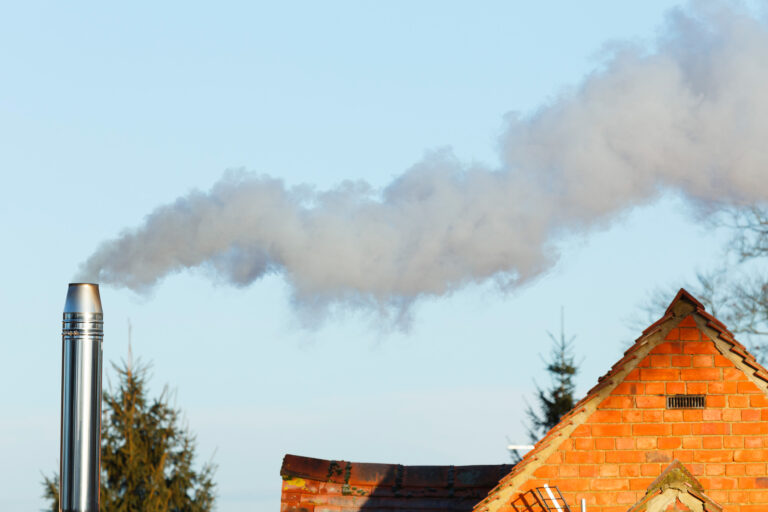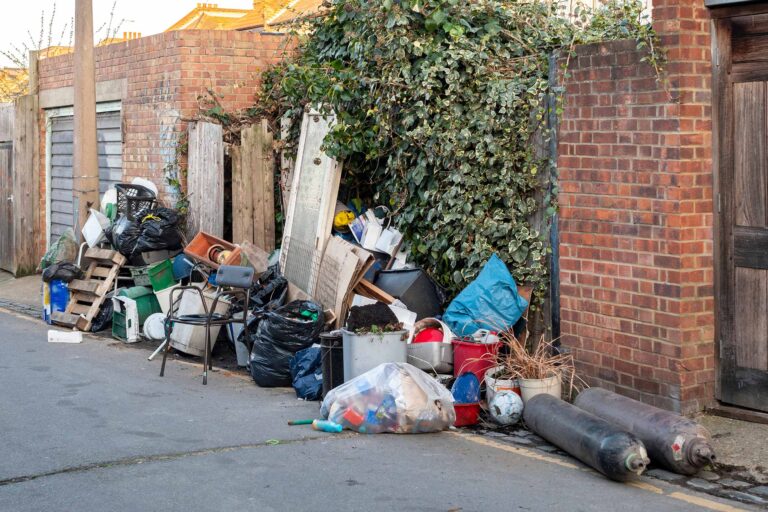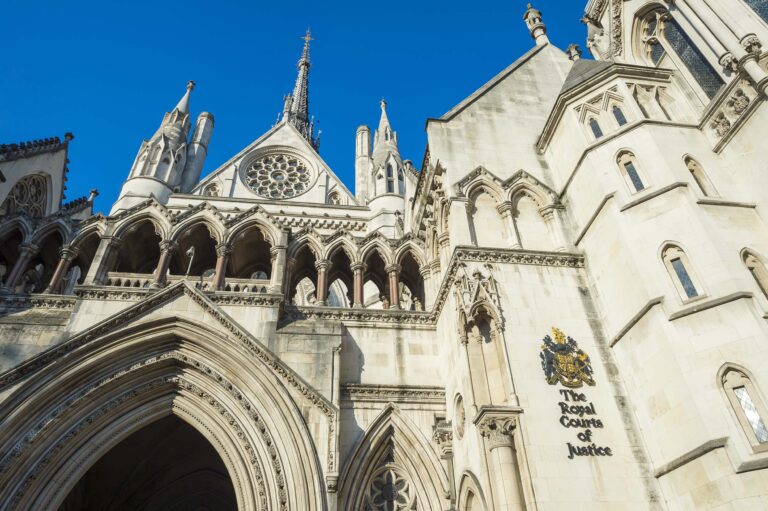Claims relating to Odour and air pollution
Claims relating to unpleasant odours and air quality/air pollution generally can arise in a variety of settings. Legal remedies include civil nuisance and statutory nuisance and the planning and permitting system.
Where there is an odour which is causing unreasonable interference with the use and enjoyment of property, there may be a claim in nuisance (to stop or reduce the odour and/or seek compensation). As with other claims for nuisance, the courts will consider the locality, the purpose of the activity causing the odour, and the frequency and severity of the odour (the extent to which it would affect a person of ordinary sensibility): objectively, is it something you should be expected to put up with? Because of the intangible nature of odour (“the wind was blowing the wrong way”), it can often be hard to obtain reliable evidence of the frequency and severity of the odour. Experts can often address this, as well as proper assessment of air quality impact (“what is actually coming out of the chimney?”).
Claims may be taken in civil or statutory nuisance. Availability of the latter may depend on whether the odour nuisance arises on industrial, trade or business premises and whether it is the result of fumes or gases, and “prejudicial to health”. Odour nuisance may result from some process controlled by a local authority and/or a permit, which can be enforced against. Or the local authority can act under its own statutory nuisance powers to require the nuisance to be abated.
Similarly, potential increases in odour/air pollution can be addressed in the planning process (for example where a development will lead to increases in odour or other air pollutants, or increased traffic will lead to changes in air quality).
Meet the team
Our team has wide experience in odour and air pollution matters, both in a nuisance and planning context.
Get in touch
Example Cases
Suffolk Poultry Sheds Planning Appeal
Castle Hill Farm, Castle Hill, Eye, Suffolk
Successful opposition to intensive poultry units in Mid Suffolk planning appeal.
Beeby Chicken Farm
R (Clemence) v Leicestershire County Council
Successful challenge to permission for intensive chicken farm and anaerobic digester.
Nottinghamshire pub odour nuisance challenge
Steenberg v. Enterprise Inns
Nuisance claim which involved appeal to CoA on interpretation of consent order
Cornwall dairy farm slurry nuisance
Christopher Taylor and others v. Wills Brothers Ltd
Interim application for injunction to abate odour nuisance
Thank you so much for your time. You were the best experience we've had with solicitors.




